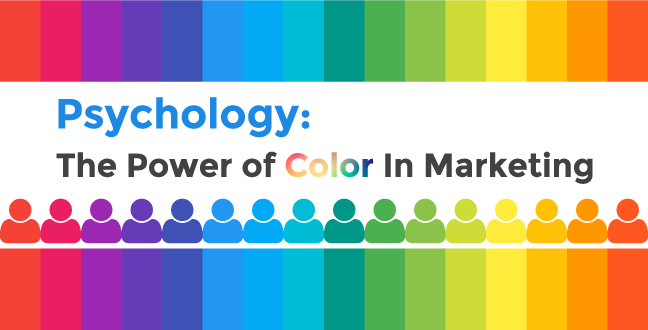Colors play a significant role in shaping consumer behavior and influencing purchasing decisions. Research shows that up to 90% of snap judgments about products are based on color alone. Here’s a breakdown of how different colors affect customers and what colors you should use for specific purposes:
Emotional Connections and Color Associations
Red:
Evokes feelings of excitement, energy, and urgency. Ideal for:
Call-to-action buttons (e.g., “Buy Now” or “Sign Up”)
Stimulating appetite (e.g., food industry)
Creating a sense of excitement (e.g., sports or entertainment)
Example: Coca-Cola’s logo and branding use red to evoke energy and excitement.
Blue:
Conveys trust, stability, and professionalism. Suitable for:
Building trust and credibility (e.g., finance, healthcare, or government)
Creating a sense of calmness and serenity (e.g., wellness or spa industry)
Example: Facebook’s logo and branding use blue to convey trust and stability.
Green:
Associated with nature, growth, and relaxation. Effective for:
Advertising products related to sustainability, health, and wellness
Creating a sense of calmness and balance (e.g., yoga or meditation)
Example: Whole Foods Market’s branding uses green to emphasize natural and sustainable products.
Yellow:
Represents optimism, youthfulness, and warmth. Grabs attention and creates a cheerful atmosphere. Ideal for:
Advertising products related to children, education, or entertainment
Creating a sense of happiness and excitement (e.g., theme parks or vacation packages)
Example: McDonald’s branding uses yellow to create a cheerful and inviting atmosphere.
Black:
Conveys sophistication, elegance, and authority. Ideal for:
Promoting luxury or high-end products (e.g., designer fashion or jewelry)
Creating a sense of power and sophistication (e.g., business or finance)
Example: Apple’s branding uses black to convey sophistication and elegance.
Color Psychology in Marketing and Branding
Context is key:
Colors can have different meanings based on personal experiences, cultural backgrounds, and context.
Brand recognition: Consistent use of colors can enhance brand recognition by up to 80%.
Emotional connections: Colors can evoke emotions, convey messages, and influence consumer behavior.
Best Practices for Using Colors in Advertising
Understand your audience: Consider the age, gender, and cultural background of your target audience when selecting colors .
Be consistent: Use consistent colors across all marketing materials to build brand recognition.
Use contrasting colors: Strategically select colors that contrast with each other to grab attention and create visual interest.







